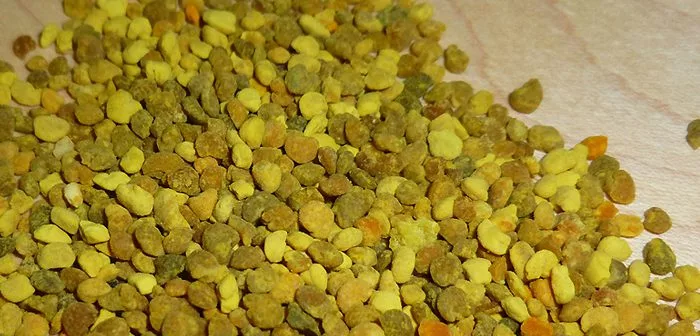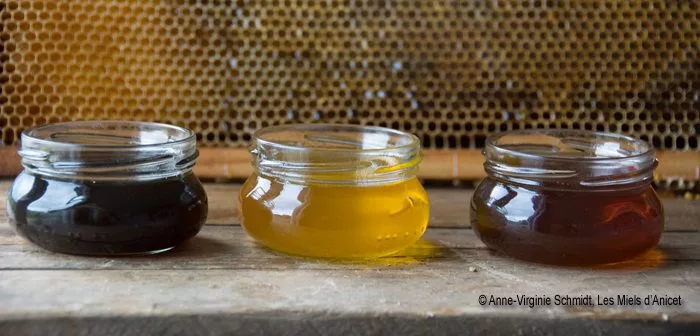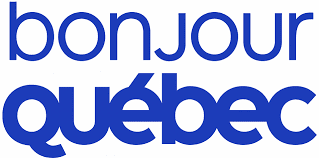HONEY IS GOOD AND IT’S GOOD EVERYWHERE!
I often add honey to punctuate my gourmet creations. In desserts, vinaigrettes, marinades, on vegetables and in beverages. Adding honey creates unique flavors every time! And let’s not forget all the other bee products, such as pollen harvested by bees, which can be added to a smoothie to make a protein-rich beverage. Or honey wine or mead, which can be enjoyed any time of year!

GOOD TO KNOW!
I recently chatted with the Fédération des apiculteurs du Québec about honey, and gathered a wealth of information for you!
Want to buy Quebec-produced honey? Take advantage of summer to visit public markets and beekeepers. Look for the Miel 100 % Québec or Aliments du Québec logos. To find out more, follow the Honey Route. Psst! Go to the end of the report for more details about the Honey Route!
Does crystallized honey mean it’s no longer good? Don’t throw it away! It’s still very good. Simply place your jar of honey in a bain-marie and heat gently until it returns to its liquid consistency. WATCH OUT! Do not boil the water in the bain-marie. Don’t liquefy the honey in the microwave either. No, no, no!
Pasteurized or unpasteurized, that’s the question! Pasteurization slows down the crystallization process. Unpasteurized honeys, on the other hand, retain their aromas and properties better. So don’t be surprised to learn that honey purchased directly from the producer is generally unpasteurized. Here’s a tip to keep your honey as good as new? Store it in a hermetically sealed jar. It’s as simple as that!
How many flowers does a bee have to gather to fill a 500g jar? There’s a good reason for the expression “working like a bee”. For a 500g jar of honey, bees have to gather around 250,000 flowers!
Which honey should I use? Dark or light? In general, the darker the honey, the stronger the flavor. When we add honey to our recipes, it’s best to use dark honey. On the other hand, to replace sugar in your recipes, use light-colored honey.
How do you replace sugar with honey in baked goods? I don’t know about you, but as far as I’m concerned, substituting ingredients in desserts always equals a failed dessert (which happens quite often, by the way!). Here are a few tips to make your pastries (except for cakes that contain no liquids other than eggs) taste just as good as honey:
- Reduce the amount of honey compared to the amount of sugar required, as honey has a much stronger sweetening power (sounds like superhero, doesn’t it!?).
- Reduce the amount of liquid required, as honey contains almost 20% water. You’ll need ¼ cup less liquid for each cup of honey used.
- Reduce oven temperature by 25° F (15° C) for pastries.

FOLLOW THE HONEY TRAIL!
The Fédération des apiculteurs du Québec, which helps develop beekeeping in Quebec and promote Quebec honey, has set up the Route de miel to find Quebec beekeepers and discover their products. Take your turn on the Honey Route and discover the products of the bee!
WHAT YOU NEED TO KNOW
- Websites to consult: Fédération des apiculteurs du Québec | Route du miel
- This article is the 2nd in a series of 6 in the “C’est pas juste….!” series. The aim of these articles is to show the other side of a product’s taste and demonstrate the many ways in which it can be used every day.







